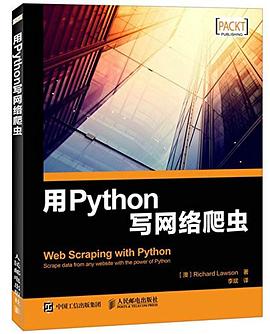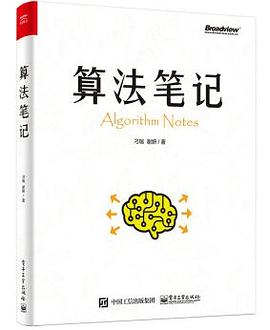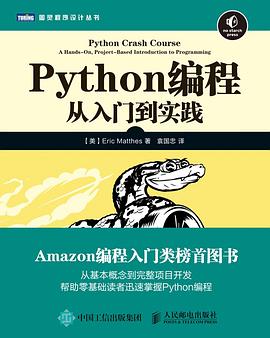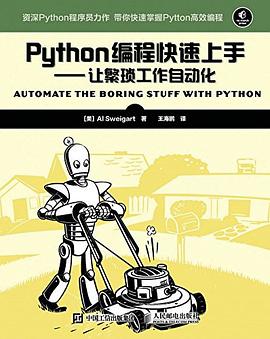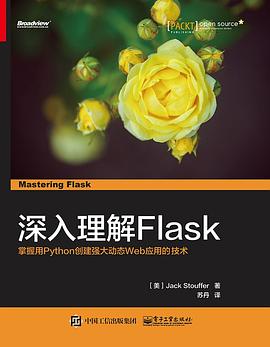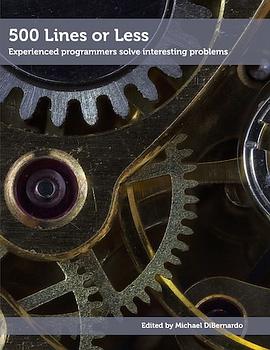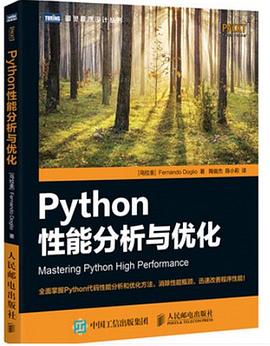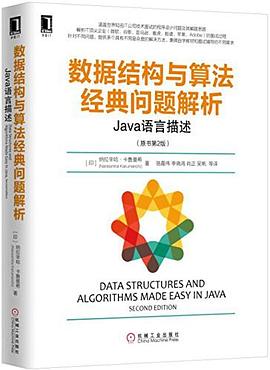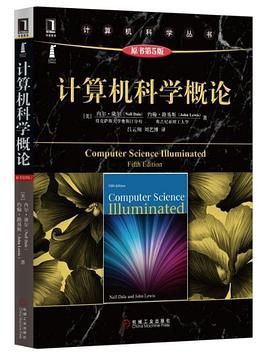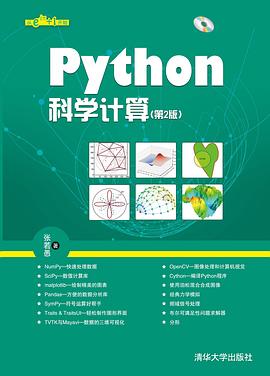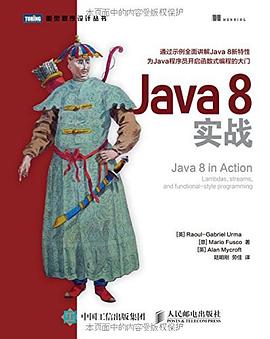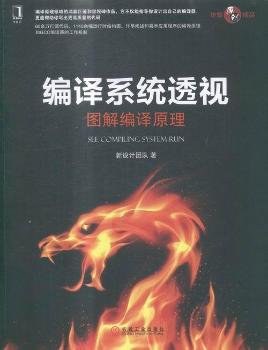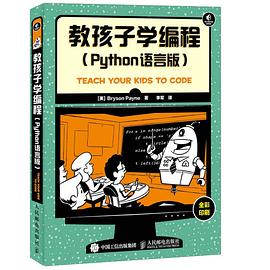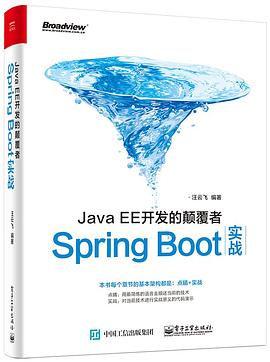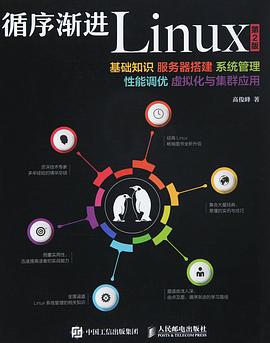

具體描述
Roberto Ierusalimschy is the leading architect of the Lua programming language, driving its development since its inception in 1993. He is an Associate Professor of Computer Science at PUC-Rio (the Pontifical Catholic University of Rio de Janeiro), where he works with programming-language design and implementation.
Roberto has a M.Sc. Degree and a D.Sc. Degree in Computer Science, both from PUC-Rio. He was a visiting researcher at the University of Waterloo, ICSI, GMD, and UIUC, and a Tinker Professor at Stanford. As a professor at PUC-Rio, Roberto was the advisor of several students that later became influential members of the Lua community. Roberto is also a Distinguished ACM Speaker and a member of the IFIP Working Group on Language Design.
Lua is spreading more and more throughout different areas of software, from embedded systems and mobile devices to the Web and the Internet of Things. Besides, it has a major role in the game industry, where knowledge of Lua has become an indisputable asset. Lua is the language of choice for anyone who needs a scripting language that is simple, efficient, extensible, portable, and free. Programming in Lua is the official book about the language, providing a solid base to any programmer who wants to use Lua. Authored by Roberto Ierusalimschy, the chief architect of the language, it covers all aspects of Lua 5---from the basics to its API with C. The book is the main source of programming patterns for Lua, with numerous code examples that help the reader to make the most of Lua's flexibility and powerful mechanisms. Programming in Lua is targeted at people with some programming background, but does not assume any prior knowledge about Lua or other scripting languages. This Fourth Edition updates the book to Lua 5.3 and marks a complete reorganization of the text. Building on his many years of experience teaching Lua, Roberto has restructured the book to present the material in a growing order of complexity, allowing the reader to better absorb the character of the language.
用戶評價
##讀到Metatables and Metamethods一章時,深深地被震撼瞭。以極簡單的東西實現瞭極高妙的技術,有齣神入化之妙。 總的來說,Lua語言的設計非常簡潔,容易上手,讀這本書的前幾章就可以寫一些夠用的腳本處理許多任務瞭。如果要做較大的項目,再慢慢去讀OO的內容。(本段是為瞭湊...
評分 評分##不管是java還是c這些主流語言光經典巨著就有好幾十本。每次都要選半天,暈頭轉嚮的。還是lua好,就這麼一本。 首先我是外行,既不瞭解lua,對c也隻限於語法,所以評論都是基於初學的觀點。 書的質量不錯,紙張比較有質感,排版還算閤理。不過要是代碼能夠用比較突齣的字體區...
評分##When you use the auxlib buffer, you have to worry about one detail. After you initialize a buffer, it keeps some intermediate results in the Lua stack.Therefore, you cannot assume that the stack top will remain where it was before you started using the buff...
評分##抱歉,有些標題黨。 Lua 美極瞭——優雅,簡潔,自不必多說。此謂之瑜。 所謂瑕,是我發現的一處筆誤。 在 28.3 節《麵嚮對象的訪問》中提到,為瞭使用戶自定義類型能夠使用麵嚮對象的語法來操作,一定要為元錶設置“--index 元方法”。 就這裏錯瞭,把 __index(下劃綫)寫成...
評分 評分 評分##When you use the auxlib buffer, you have to worry about one detail. After you initialize a buffer, it keeps some intermediate results in the Lua stack.Therefore, you cannot assume that the stack top will remain where it was before you started using the buff...
評分相關圖書
本站所有內容均為互聯網搜尋引擎提供的公開搜索信息,本站不存儲任何數據與內容,任何內容與數據均與本站無關,如有需要請聯繫相關搜索引擎包括但不限於百度,google,bing,sogou 等
© 2025 windowsfront.com All Rights Reserved. 靜流書站 版權所有

